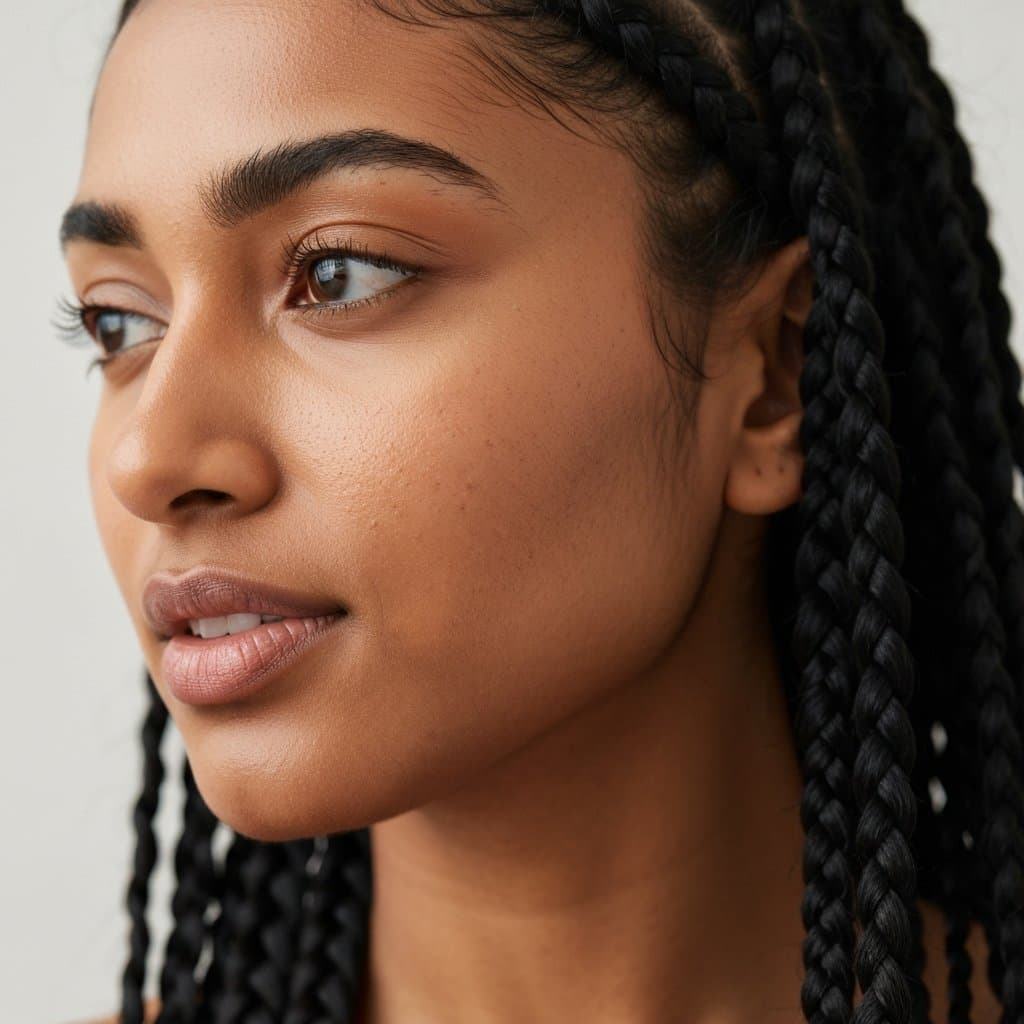The Secret to a Natural Braid: Unlock the Beauty of Knotless Braids | A Complete Guide
The Quest for the Perfect Braid: A New Era Begins
For generations, braids have been more than just a hairstyle; they are a cultural statement, a form of self-expression, and a practical protective style. The journey for the perfect braid—one that is beautiful, long-lasting, and comfortable—has led to countless innovations. For years, the go-to style was traditional box braids, but they often came with a trade-off: initial tightness, scalp tension, and a tell-tale knot at the root. Enter the game-changer: knotless braids. This revolutionary technique has taken the hair community by storm, offering a solution that prioritizes both aesthetics and hair health. The secret to a truly natural-looking braid lies in this modern method, which unlocks a new level of beauty, comfort, and versatility.

If you've ever admired braids that seem to grow seamlessly from the scalp, with effortless movement and a flawless finish, you've likely witnessed the magic of knotless braids. This comprehensive guide will delve deep into the world of this popular protective style. We will explore what makes them unique, the incredible benefits they offer for your hair and scalp, how they compare to traditional methods, and everything you need to know about installation, maintenance, and aftercare. Prepare to unlock the secret to a natural braid and discover why knotless braids might be the perfect protective style you've been searching for.
What Exactly Are Knotless Braids? The Feed-In Revolution
The fundamental difference between knotless braids and their traditional counterparts lies in the installation technique. Traditional box braids begin with a small knot created by wrapping braiding hair around a section of natural hair at the root. This knot serves as an anchor but is also the primary source of tension, which can lead to discomfort, scalp irritation, and even traction alopecia over time. Knotless braids, however, eliminate this initial knot entirely, heralding a gentler, more organic approach to braiding.
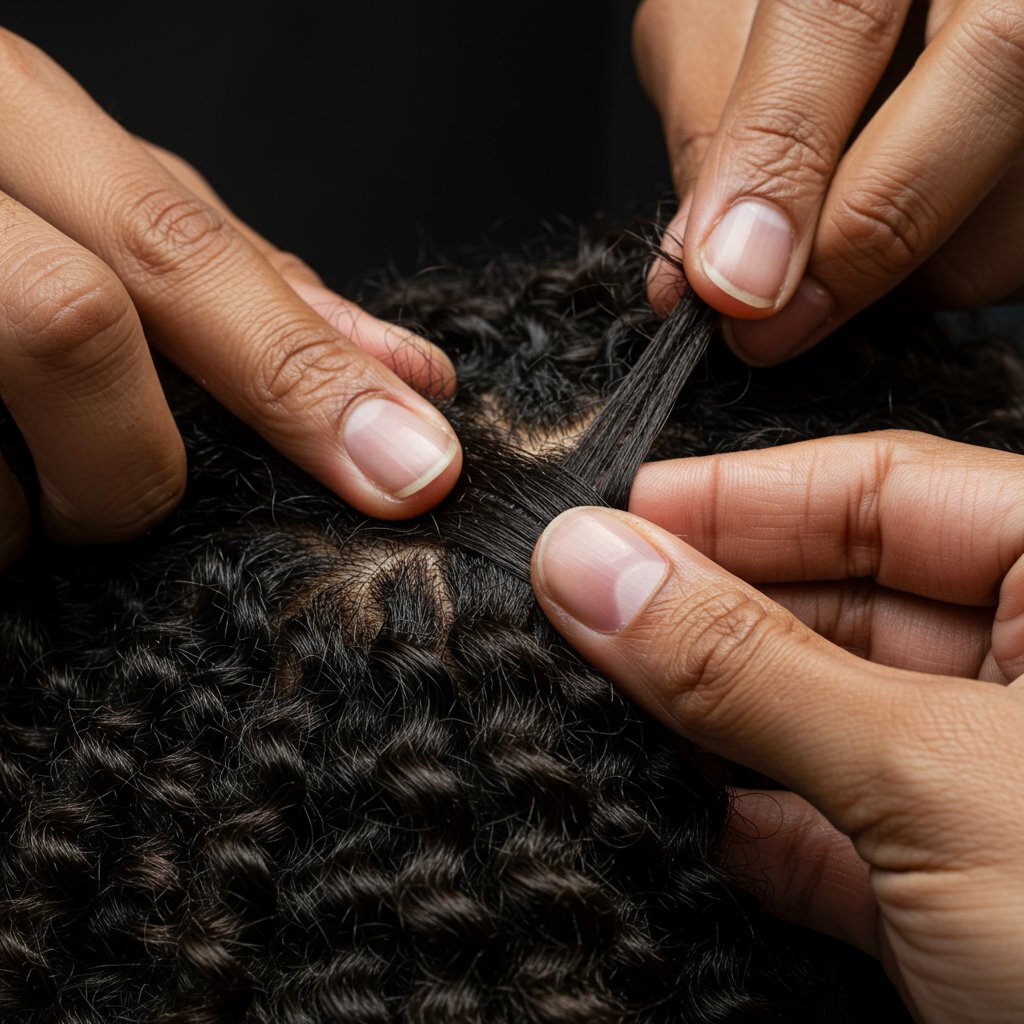
The process for knotless braids begins by starting the braid with just your natural hair. The stylist braids your hair for a few stitches and then begins to gradually “feed in” small pieces of braiding hair. This feed-in method creates a smooth transition from your natural hair to the extension, resulting in a braid that lies flat against the scalp and moves like your own hair. The lack of a bulky knot at the base not only provides a more natural appearance but also distributes the weight of the extension evenly, significantly reducing tension on the hair follicle.
This revolutionary technique is what gives knotless braids their signature look and feel. They are lighter, more flexible from day one, and place far less stress on the scalp. It's a method that respects the integrity of your natural hair while still delivering the stunning, long-lasting results of a classic braided style. This focus on hair health and comfort is why so many are making the permanent switch and embracing the feed-in revolution.
The Top 5 Benefits of Choosing Knotless Braids
Beyond their beautiful appearance, knotless braids offer a wealth of advantages for your hair, scalp, and overall styling experience. These benefits are the driving force behind their surging popularity in professional hair salons worldwide.
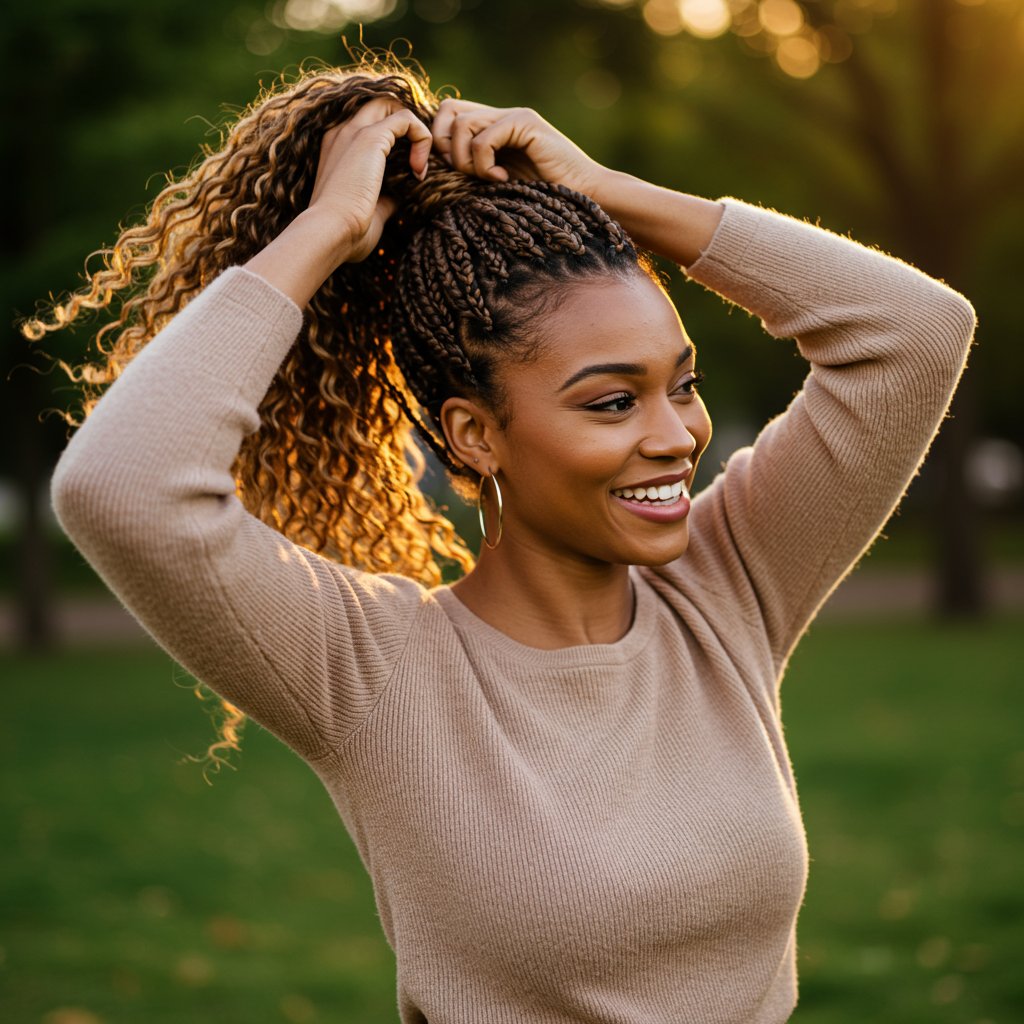
1. Pain-Free and Tensionless Installation
The most celebrated benefit is the significant reduction in scalp tension. Without the tight anchor knot, the braiding process is far more comfortable. Clients often report a complete lack of the pulling, soreness, and headaches commonly associated with the first few days of wearing new traditional braids. This makes knotless braids an excellent choice for those with sensitive scalps or who are tender-headed.2. Unmatched Flexibility and Movement
Because they lie flat and don't have a rigid knot at the base, knotless braids offer immediate flexibility. You can style them in a high ponytail, a bun, or sweep them to the side on the very first day without any pain or stiffness. This freedom of movement makes them incredibly versatile and convenient for active lifestyles.3. A Seamless, Natural Appearance
The feed-in method creates a braid that looks as though it's growing directly from your scalp. The transition is undetectable, offering a more refined and organic look. This seamless quality enhances the overall aesthetic, making the style look less like extensions and more like an enhancement of your natural hair.4. Promotes Scalp and Hair Health
By eliminating the primary source of tension, knotless braids are a superior protective style for preserving hair health. The reduced stress on the follicles minimizes the risk of hair breakage and traction alopecia. Furthermore, the flat-lying nature of the braids allows for easier access to the scalp for cleansing, moisturizing, and oiling, which is crucial for maintaining a healthy foundation while your hair is protected.5. Lighter Weight and Reduced Bulk
Gradually adding small amounts of hair, rather than starting with a large chunk at the root, results in a braid that feels significantly lighter. This reduced weight adds to the overall comfort, especially for those who opt for long or very dense styles. The lack of a knot also means less bulk at the scalp, contributing to a sleeker and more streamlined profile.Knotless vs. Traditional Box Braids: A Side-by-Side Comparison
Understanding the key distinctions between knotless braids and traditional box braids can help you make the best choice for your hair type, lifestyle, and aesthetic goals. Here’s a detailed breakdown of how they stack up against each other.
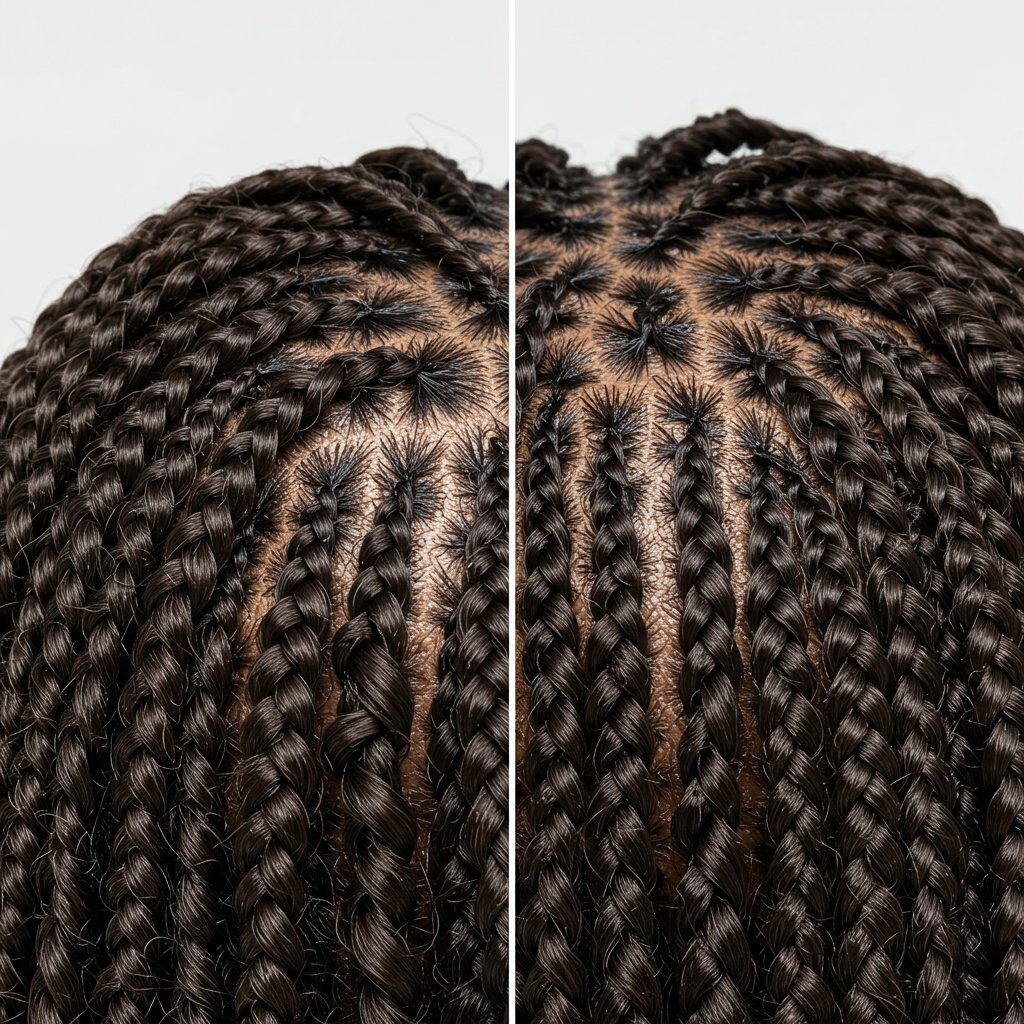
Installation Method
- Traditional Box Braids: The braiding hair is folded and wrapped around the base of the natural hair section, creating a small but firm knot to secure the extension.
- Knotless Braids: The braid is started with the client's natural hair only. Braiding hair is then gradually fed into the braid as the stylist works their way down the hair shaft.
Scalp Tension
- Traditional Box Braids: High tension, especially for the first few days. The knot pulls directly on the hair follicle, which can cause discomfort and potential damage.
- Knotless Braids: Minimal to no tension. The gentle feed-in method distributes weight evenly and avoids pulling at the root, making it a pain-free experience.
Appearance at the Root
- Traditional Box Braids: A visible, slightly raised knot is present at the start of each braid. The parts are typically very defined and box-like.
- Knotless Braids: A flat, seamless transition from the scalp to the braid. It offers a more natural, “growing-from-the-scalp” look.
Versatility
- Traditional Box Braids: Can be stiff initially, limiting styling options for the first few days until the braids loosen up.
- Knotless Braids: Immediately flexible and lightweight. They can be styled in various updos, ponytails, and other styles right after the salon appointment.
Longevity & Cost
- Traditional Box Braids: Can sometimes last slightly longer due to the secure anchor knot. The installation process is often faster, which may result in a lower initial cost.
- Knotless Braids: Typically last 4-8 weeks with proper care. The installation is more meticulous and time-consuming, often leading to a higher price point. However, many find the investment worthwhile for the health and comfort benefits.
Are You the Ideal Candidate for Knotless Braids?
While knotless braids are a fantastic option for many, a few factors can help determine if they are the perfect fit for you. Consulting with an experienced stylist is always the best course of action, but here are some general considerations.
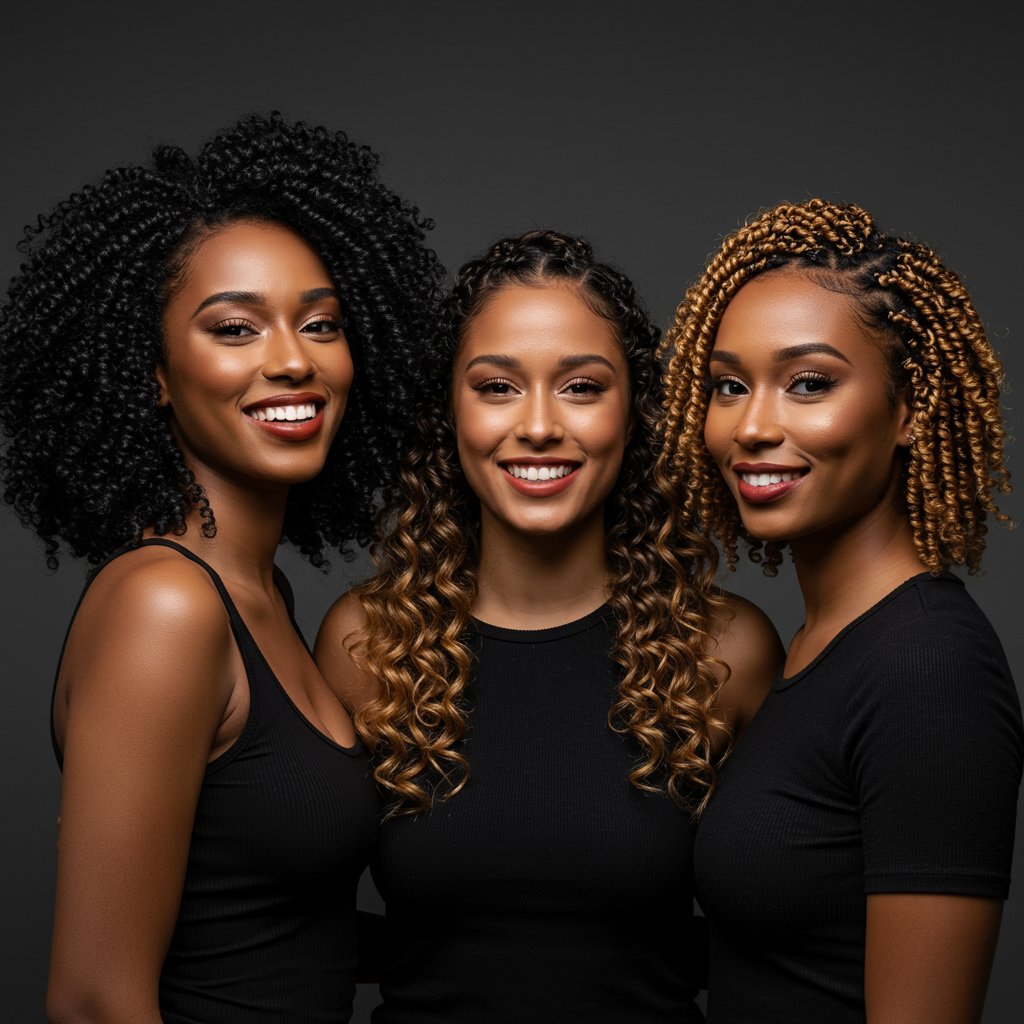
Hair Length and Density
For the feed-in method to work effectively, your natural hair should be at least two to three inches long. This provides enough length for the stylist to start the braid securely before adding extensions. Knotless braids work well on all hair densities, from fine to thick. For those with finer hair, the lighter weight of knotless braids can be particularly beneficial, as it puts less stress on delicate strands.Scalp Sensitivity
If you have a sensitive scalp or have experienced pain, bumps, or irritation from traditional braiding methods in the past, you are an excellent candidate for knotless braids. Their tension-free nature is designed for maximum comfort and is a much gentler alternative for those prone to scalp issues.Lifestyle Considerations
Knotless braids are perfect for individuals with active lifestyles. Whether you work out frequently, swim, or simply love the freedom of putting your hair up without a second thought, the immediate flexibility of this style is a major advantage. They offer the beauty of braids without the initial downtime or styling restrictions.The Installation Process: What to Expect During Your Salon Visit
Knowing what to expect can make your salon experience for knotless braids smooth and enjoyable. The process is intricate and requires a skilled hand, but the results are well worth the time in the chair.
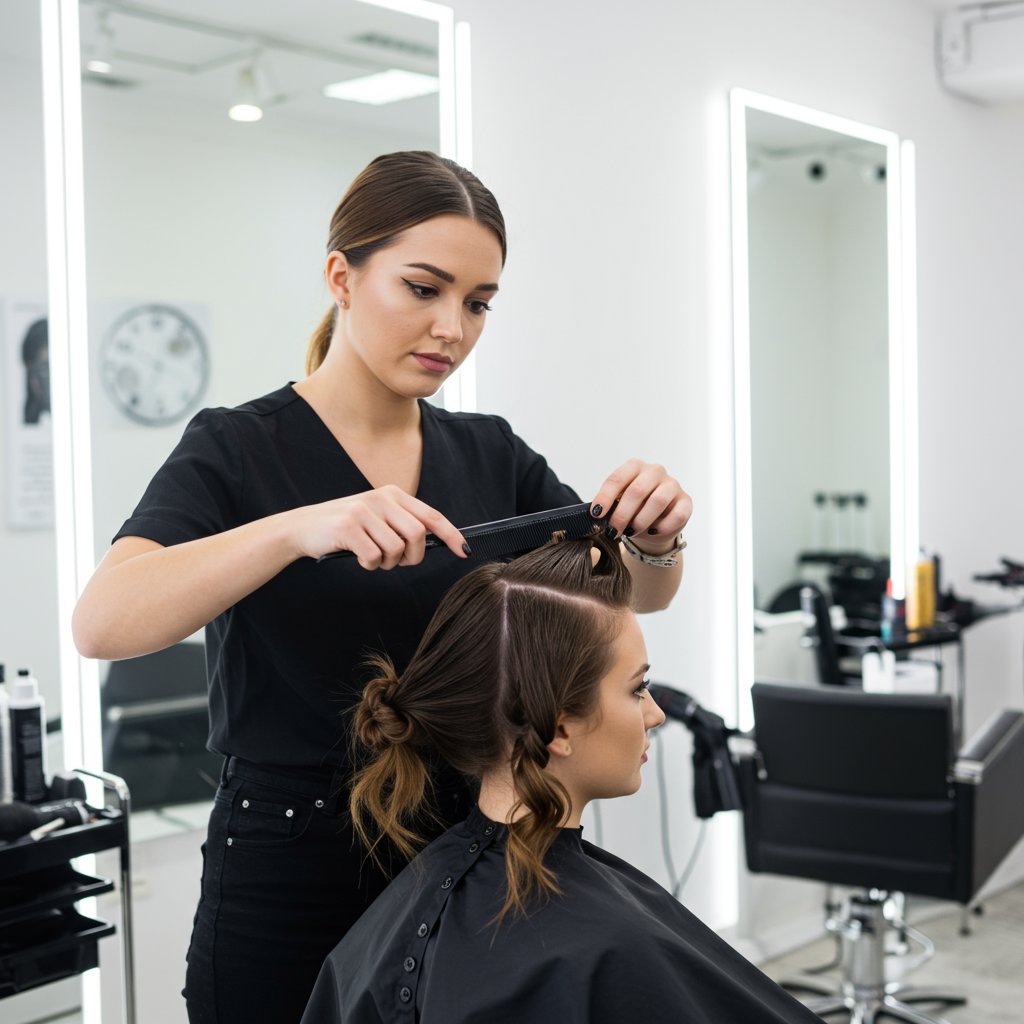
Step 1: Consultation and Hair Prep
Your appointment will begin with a consultation to discuss your desired length, size, and color. Before braiding, your hair must be thoroughly washed, conditioned, and detangled. Most stylists prefer to work on hair that has been blow-dried straight or stretched, as this creates a smoother finish and makes parting easier.Step 2: Sectioning and Parting
The stylist will carefully section your hair according to the desired braid size. Precision in parting is key to achieving a clean, polished final look. Whether you opt for square, triangle, or free-form parts, this foundation sets the stage for the entire style.Step 3: The Feed-In Technique in Action
This is where the magic happens. For each section, the stylist will begin braiding your natural hair. After a few links, they will begin feeding in small, pre-stretched pieces of braiding hair, continuing to add more until the desired thickness is achieved. They will continue this seamless process down the entire length of the braid.Step 4: Sealing the Ends and Finishing Touches
Once all the braids are installed, the ends are sealed to prevent unraveling. This is typically done by dipping them in hot water, which creates a clean, secure finish. The stylist will then apply a light oil or mousse to the braids and scalp to add shine and tame any flyaways, leaving you with a flawless, ready-to-wear style.Mastering Knotless Braid Maintenance: Your Comprehensive Care Guide
Proper maintenance is essential to keep your knotless braids looking fresh and to ensure your natural hair remains healthy underneath. With the right routine, you can extend the life of your style for up to eight weeks.

Washing Your Braids Without Causing Frizz
Aim to wash your braids every 2-3 weeks. Dilute a sulfate-free shampoo with water in an applicator bottle and apply it directly to your scalp. Gently massage your scalp with your fingertips (not nails) and let the suds run down the length of the braids. Rinse thoroughly and follow up with a diluted leave-in conditioner spray. Squeeze out excess water with a microfiber towel and allow them to air dry completely to prevent mildew.Daily Moisturizing Routine for Scalp and Hair
Your scalp and hair still need moisture. Lightly mist your braids and scalp with a water-based leave-in conditioner or braid spray every other day. Follow up by sealing in the moisture with a lightweight natural oil, such as jojoba, grapeseed, or almond oil, focusing on the scalp and the length of your hair within the braids.Protecting Your Style While You Sleep
To prevent frizz, friction, and moisture loss, always protect your hair at night. Tie your knotless braids up and cover them with a large silk or satin bonnet or scarf. Alternatively, sleeping on a silk or satin pillowcase can also help maintain the smoothness of your braids.Knowing When It's Time for Takedown
Even with excellent care, protective styles have an expiration date. Keeping braids in for too long can lead to matting, tangling, and buildup at the root. Plan to take your knotless braids down after 6-8 weeks. Listen to your hair; if you notice excessive new growth or your braids feel heavy, it's time to let your hair and scalp rest.Pro Tips for Extending the Life of Your Knotless Braids
- Use Pre-Stretched Hair: Ensure your stylist uses pre-stretched braiding hair for a sleeker, less bulky finish that blends better.
- Refresh Your Edges: Use a quality edge control to keep your hairline looking neat and polished between washes.
- Scalp Care is Key: Don't neglect your scalp. Use a scalp serum or treatment with ingredients like tea tree oil to soothe any itchiness and maintain a healthy environment.
- Avoid Over-Styling: While knotless braids are versatile, constantly pulling them into tight, high-tension styles can defeat the purpose of their low-tension benefit. Vary your styles.
- Listen to Your Stylist: Follow the specific aftercare advice provided by your professional braider, as they know the products and techniques used on your hair.
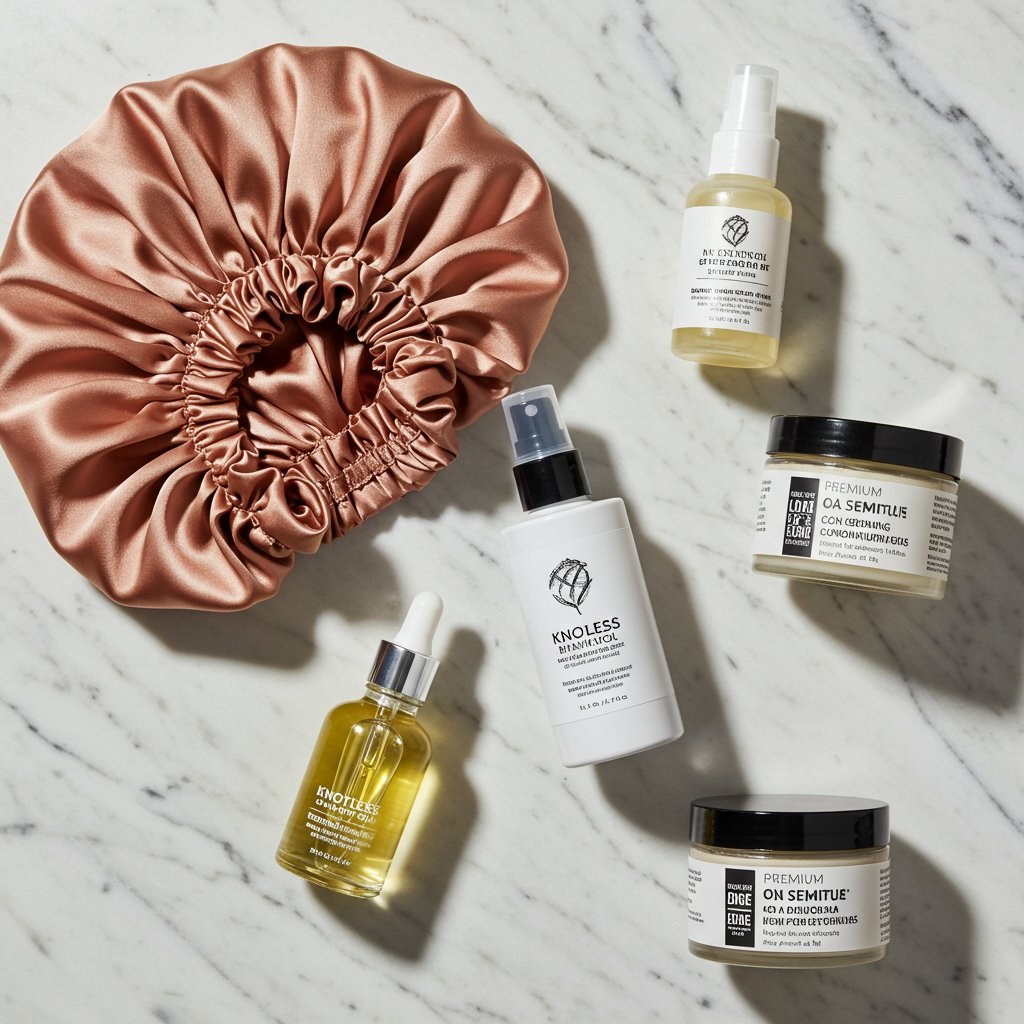
Frequently Asked Questions About Knotless Braids
How long do knotless braids last?
With proper care and maintenance, knotless braids typically last between 4 to 8 weeks. It's generally not recommended to leave them in longer than 8 weeks to protect the health of your natural hair and scalp.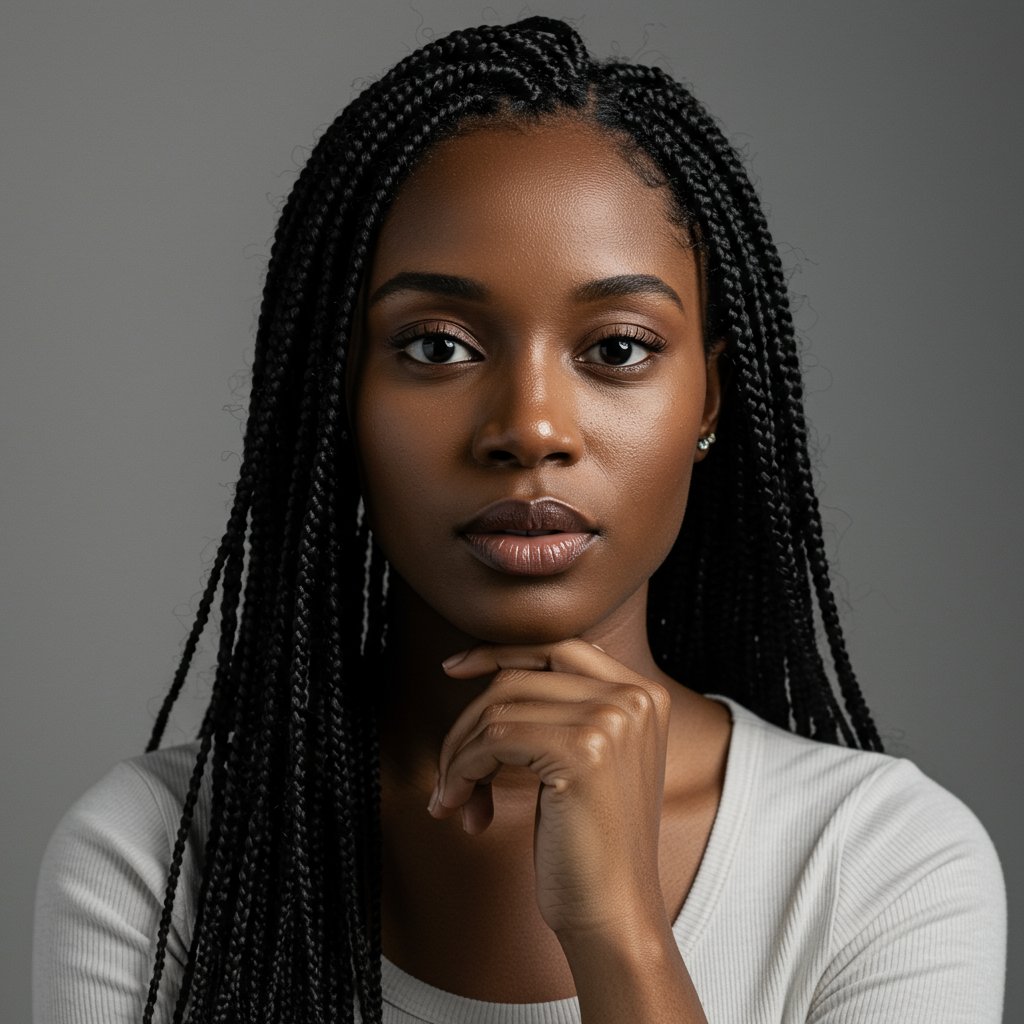
Can I get knotless braids with fine or thin hair?
Yes, absolutely! In fact, knotless braids are often recommended for those with fine or lower-density hair because they are lightweight and place significantly less stress on the hair follicles compared to traditional box braids.Do knotless braids damage your hair?
When installed and maintained correctly by a professional stylist, knotless braids are one of the safest and healthiest protective styles. They are designed to minimize tension and prevent the damage associated with other braiding methods. Damage usually occurs from improper installation, leaving them in for too long, or incorrect takedown.How much hair do I need for knotless braids?
This depends on your desired length and thickness. On average, you will need 5-8 packs of pre-stretched braiding hair. It is always best to consult with your stylist before your appointment to confirm the exact amount and type of hair required.Can you swim with knotless braids?
Yes, you can swim with knotless braids. After swimming, it's crucial to rinse your hair thoroughly with fresh water to remove chlorine or salt. Then, cleanse your scalp and hair with a clarifying shampoo and allow the braids to dry completely to prevent any odor or mildew.Are knotless braids more expensive than traditional box braids?
Generally, yes. The installation process for knotless braids is more detailed and time-consuming, requiring more skill from the stylist. This meticulous technique is reflected in the price. However, many view the higher cost as a worthy investment in their hair's long-term health and comfort.Conclusion: Embrace the Future of Braiding
The secret to a natural, comfortable, and healthy braid is no longer a secret—it's the artful technique of knotless braids. This innovative style has redefined what it means to wear a protective style, proving that beauty and comfort do not have to be mutually exclusive. By eliminating the tension-causing knot and embracing a gradual feed-in method, knotless braids offer a seamless look, unparalleled flexibility, and a foundation for promoting healthy hair growth.
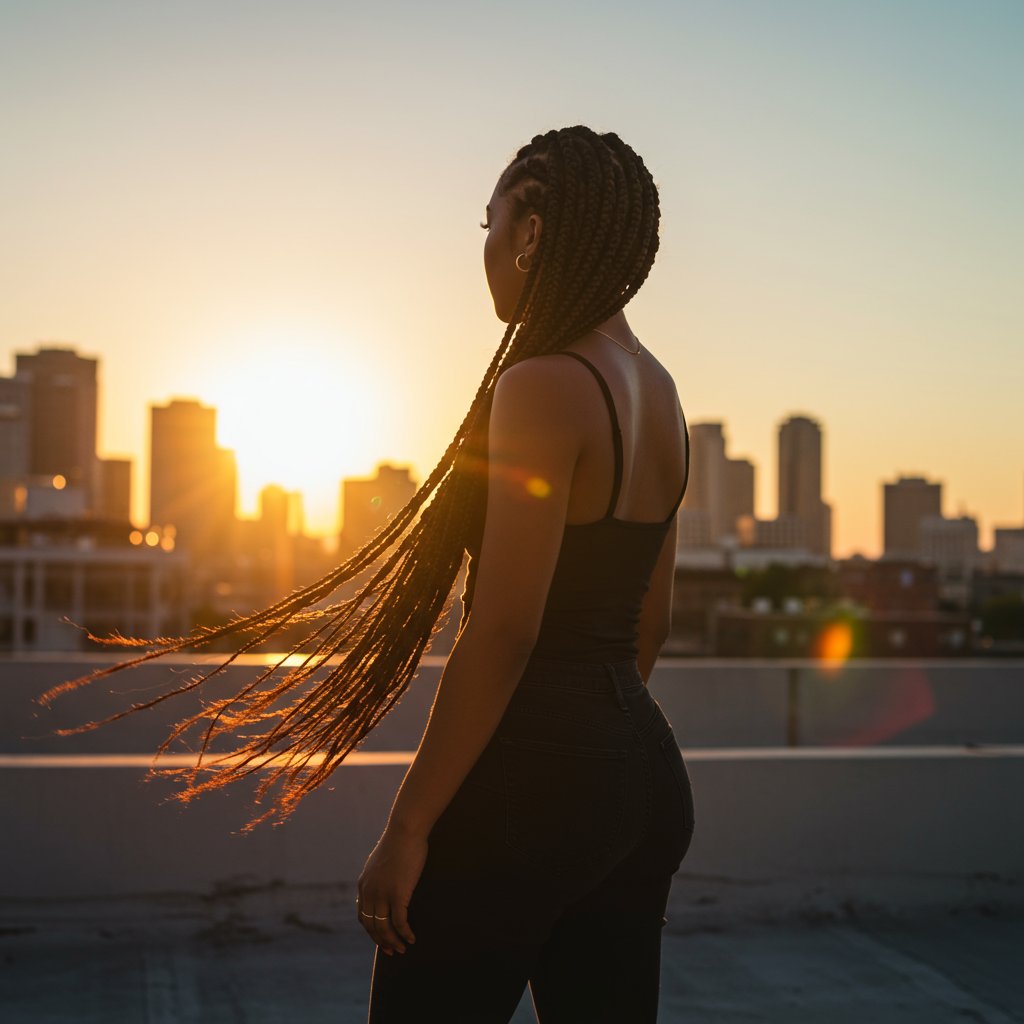
From the pain-free installation to the lightweight feel and versatile styling options, the benefits are clear. Whether you have a sensitive scalp, fine hair, or an active lifestyle, knotless braids provide a superior braiding experience. Investing in a professionally installed set of knotless braids is an investment in the health and beauty of your hair. If you're ready to experience the difference, consult with an experienced braiding specialist to discuss how this transformative style can work for you and unlock the true beauty of a natural braid.

